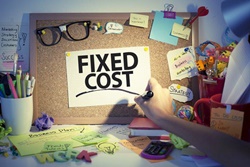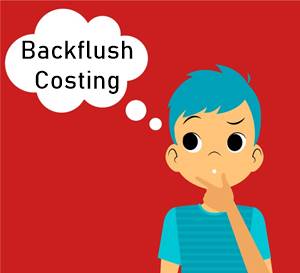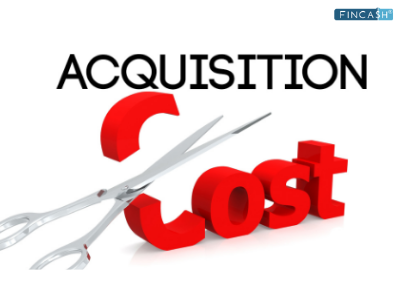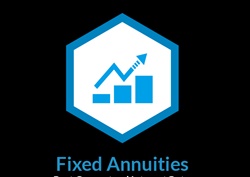
Table of Contents
What is Fixed Cost?
Depending on the nature of the cost, it can be categorised in a variety of ways. Classification according to fixed and variable costs is one of the most widely used approaches.

Fixed costs, sometimes referred to as indirect costs or overhead costs, are the necessary expenses that keep your company solvent. It is a cost that does not fluctuate over time, even if a company's sales volume or other levels of activity alter. Instead, this sort of expenditure is usually connected with a certain time period, such as a rent payment in return for a month of occupancy or a salary payment in exchange for two weeks of employee services.
Fixed Cost Examples
Here are a few examples jotted down to explain what fixed cost looks like.
insurance It is a payment made on a regular Basis by the insurer under the terms of a policy in exchange for reimbursement in the event of losses.
Interest Expense The cost of cash loaned to a firm by a lender is known as interest expense. In other words, it refers to the cost of borrowed funds.
Depreciation It is the process of gradually attributing the cost of a physical item (such as Manufacturing equipment) to expense over the asset's useful life.
Rent It is a fee paid on a regular basis for the use of a Landlord's property. The cost remains fixed unless prior notice is given by the landlord if he intends to raise the rent amount.
Amortization It is the process of gradually charging the cost of an intangible asset (such as a bought patent) to expense over the asset's useful life.
Property Tax These are a type of tax levied by the local government on businesses based on the value of their assets.
Talk to our investment specialist
Fixed Cost Formula
The mathematical formula to calculate the fixed cost is as follow:
Fixed cost = Total production cost - (variable cost x number of units produced)
Suppose total production cost is 5000 in which variable cost sums up to 500 and number of units produced by the company is four then what will be the fixed cost?
Simply first multiply 500 to 4, which equals 2000, then subtract it from 5000, which will result in 3000 that would be fixed cost incurred by the company.
Importance of Fixed Cost
The importance of understanding fixed costs in your organisation stems from the fact that they remain constant even if fresh sales come to a halt. Here are a few points listed for better understanding.
- To reap the benefits of Economies of Scale
- Helps in budgeting strategically
- The main Factor to run business and make it alive
- Helps Accountant to prepare a statement of cost of good manufactured
- For future investments prospects
Fixed Cost and Variable Cost
| Basis | Fixed Cost | Variable Cost |
|---|---|---|
| Meaning | The cost which remains constant independent of variables | The cost that varies and is dependent on different variables like production |
| Production | When production increases/decreases, fixed cost remains constant | When production increases/decreases, variable cost increases/decreases accordingly |
| Example | Lease payments, rent, insurance, interest payments and so on | Labour, sales commissions, utility bills, shipping and Raw Materials |
The Bottom Line
Every Industry has a different fixed cost. In general, fresh rivals find it difficult to get into an industry with greater fixed costs. In comparison to other firms, a Capital-intensive sector will have long-term fixed expenses. For instance, fixed expenses can be greater for automakers, airlines, and drilling firms. Businesses that specialise in services like insurance and tax, on the other hand, will be more labour-intensive and can have short-term fixed expenses. As a result, such expenses should be compared across businesses in the same sector rather than between industries.
All efforts have been made to ensure the information provided here is accurate. However, no guarantees are made regarding correctness of data. Please verify with scheme information document before making any investment.












